Meander around Malmö and you’ll notice the city has no shortage of places to eat.
In fact, Malmö is home to some of Sweden’s top restaurants, with everything from traditional Swedish köttbullar to authentic Syrian cuisine and, OK, more than a handful of falafel restaurants.
But there’s something unique about Malmö’s foodie scene, and it isn’t just the ubiquity of Middle Eastern restaurants.
“Malmö’s vegan food scene is really diverse,” says Björn Gadd, who runs an Instagram account dedicated to vegan grub in the city.
“There’s something for everyone here whether you want ethnic food, cheap eats, or fine dining.”
But has Malmö always been famous for its vegan-friendly fare?
The short answer is “no”, say Björn. It wasn’t that long ago that Malmö’s vegan scene was less of a scene and more a couple of coordinates on a map.
Start planning your vegan odyssey to Malmö
“When I moved here 12 years ago there were only two vegetarian restaurants in Malmö,” he recalls.
Fast forward 12 years and there are now no less than 169 restaurants listed as ‘vegetarian-friendly’ on travel and restaurant review website TripAdvisor. For such a compact city, that’s a lot to choose from!
From cool Kafé Agnez, a multiple award-winning organic and vegan cafe, to The Vegan Bar, a burger kitchen with an entirely meat-free menu, people come from far and wide for a bite of Malmö’s famed vegan fodder.
But the transformation didn’t happen overnight.
“It was definitely gradual,” says Björn, talking about the city’s metamorphosis into a giant vegan smörgåsbord.
Word began to spread that Malmö’s chefs were pushing the boundaries of standard vegan cuisine, and soon anyone with a predilection for meat-free meals came flocking to the city.
“Now there’s a really big crowd of people here who want to eat vegan food,” says Björn.
But for him, the true mark of a vegan-friendly city isn’t the number of exclusively vegan restaurants, but the number of regular restaurants serving vegan dishes. And not just the same old vegetable ragu or mushroom burgers that have become standard ‘vegan alternatives’.
“I’d say in the last five years it’s become the norm that mainstream restaurants in Malmö serve great vegan options too,” says Björn.
For example, he recommends recently-opened Mutantur, the brainchild of Skåning chef Alexander Sjögren, once the Swedish competitor in the Bocuse d’Or, the world’s most prestigious gastronomic competition.
“Sjögren opened his new place just a few weeks before Christmas. There are about 25 a la carte dishes and a third are always vegan,” praises Björn.
It’s refreshing and rare, he says, for one of Sweden’s top chefs to put just as much thought into the meat-free options on a menu.
Another of Björn’s favourite lunch spots is Pink Head Noodle Bar in Malmö’s Saluhall which serves three options a day, with one or two always vegan (or with the option to be made vegan).
“The noodles are handmade in front of you and the sauces are amazing. I definitely suggest trying it if you want to try something new and a bit different,” he says.
Of course, no visit to a Swedish city would be complete without trying out the local fika. And in Malmö, even the cake and pastries are vegan- friendly.
Plan your foodie trip to vegan-friendly Malmö
“Bageri Leve has become really big on the vegan scene in just a few months,” says Björn, referring to the bakery which opened in February 2017.
“They have a really exciting menu which changes every week. I have a lot of friends that go every Thursday to try the new doughnut flavour, which is always really different, like lemon and thyme for example.”
Didrik Persson, one of the two co-founders of Bageri Leve, explains they saw a demand for vegan fika but wanted to move away from the current ‘raw food’ fad sweeping Scandinavia.
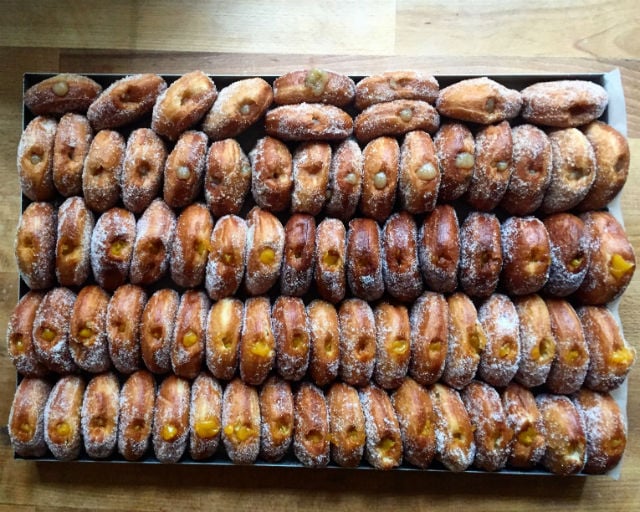 Vegan doughnuts at Bageri Leve. Photo: Bageri Leve
Vegan doughnuts at Bageri Leve. Photo: Bageri Leve
“We started making vegan fika because we saw lots of people wanted pastries and not raw food. To bake with plant-based ingredients is in line with our company’s environmental thinking, so it was a win-win!”
And it’s certainly paid off, says Didrik, explaining the response has been hugely positive.
“I think it’s because if you eat a vegan diet you miss a lot of the food like the pastries you could eat before. We’re baking traditional pastry but it’s vegan-friendly, so you can eat a semla or doughnut instead of trendy ‘raw food’”.
The bakery introduces a new plant-based doughnut every Friday, as well as serving different vegan breads, tartlets, and buns every day. It’s just one of many spots around Malmö where foodies can get their vegan fix in the city.
But don’t fear if you can’t get a reservation for a restaurant you’d hoped to visit while in Malmö. Björn reassures tourists that they’re never more than a few metres away from another vegan must-visit.
“Malmö is a small big town. You can walk everywhere, so if you don’t get a table at one restaurant just walk 100 metres and you’ll find another great vegan spot!”
This article was produced by The Local Client Studio and sponsored by Malmö stad.

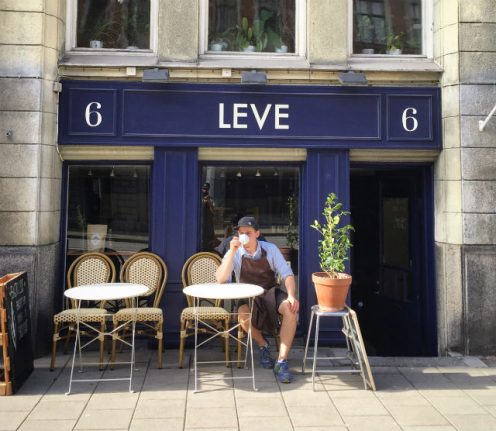
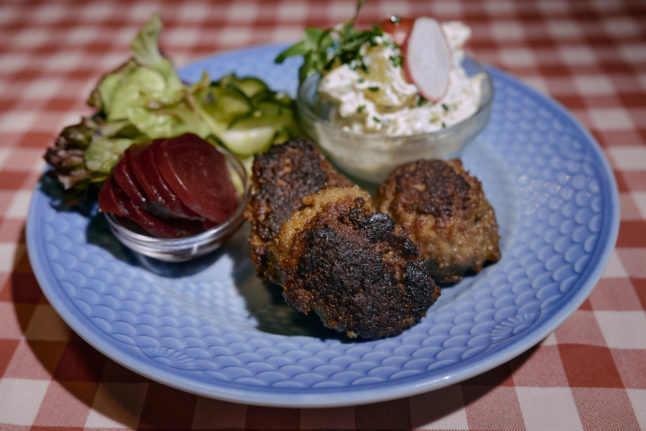
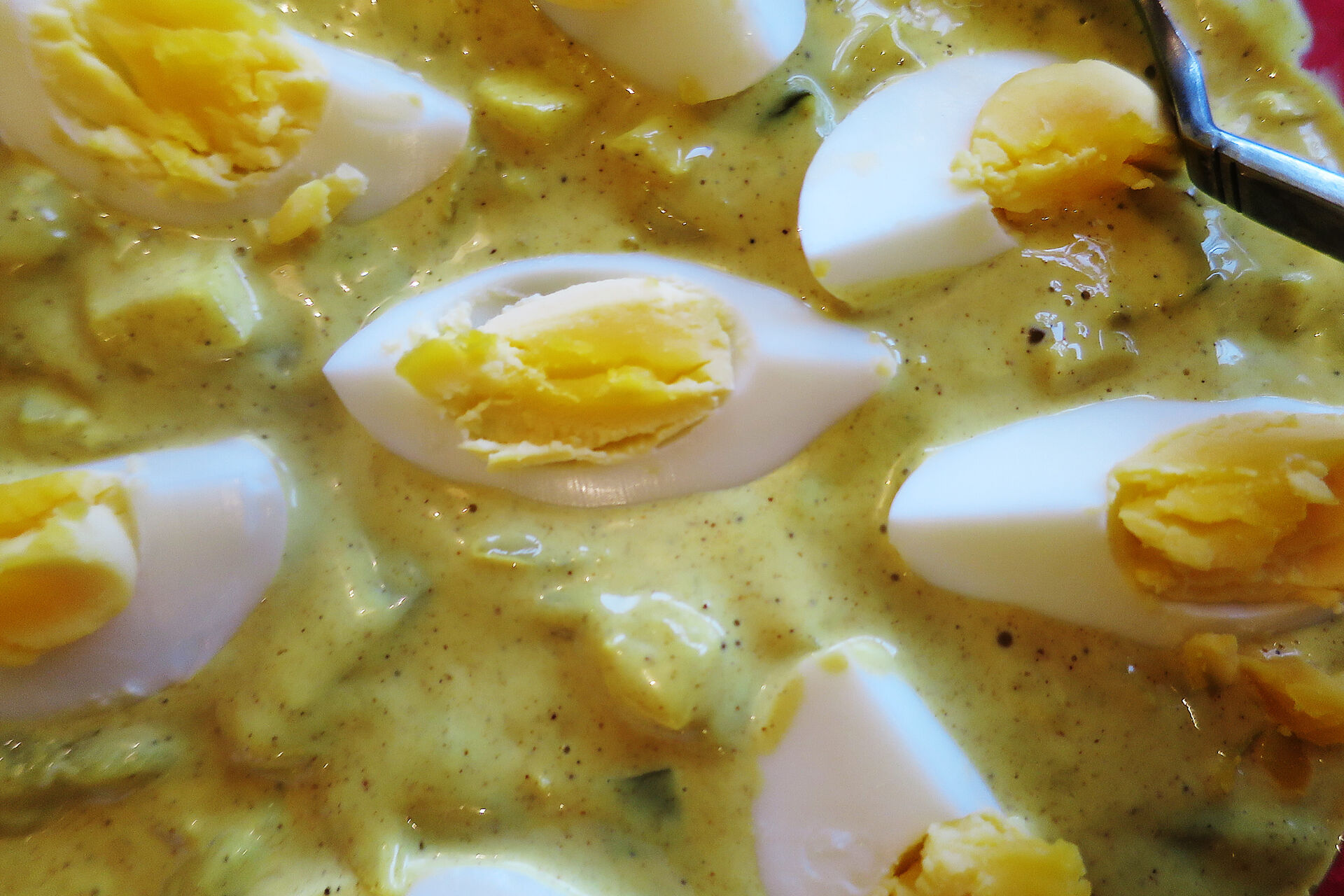
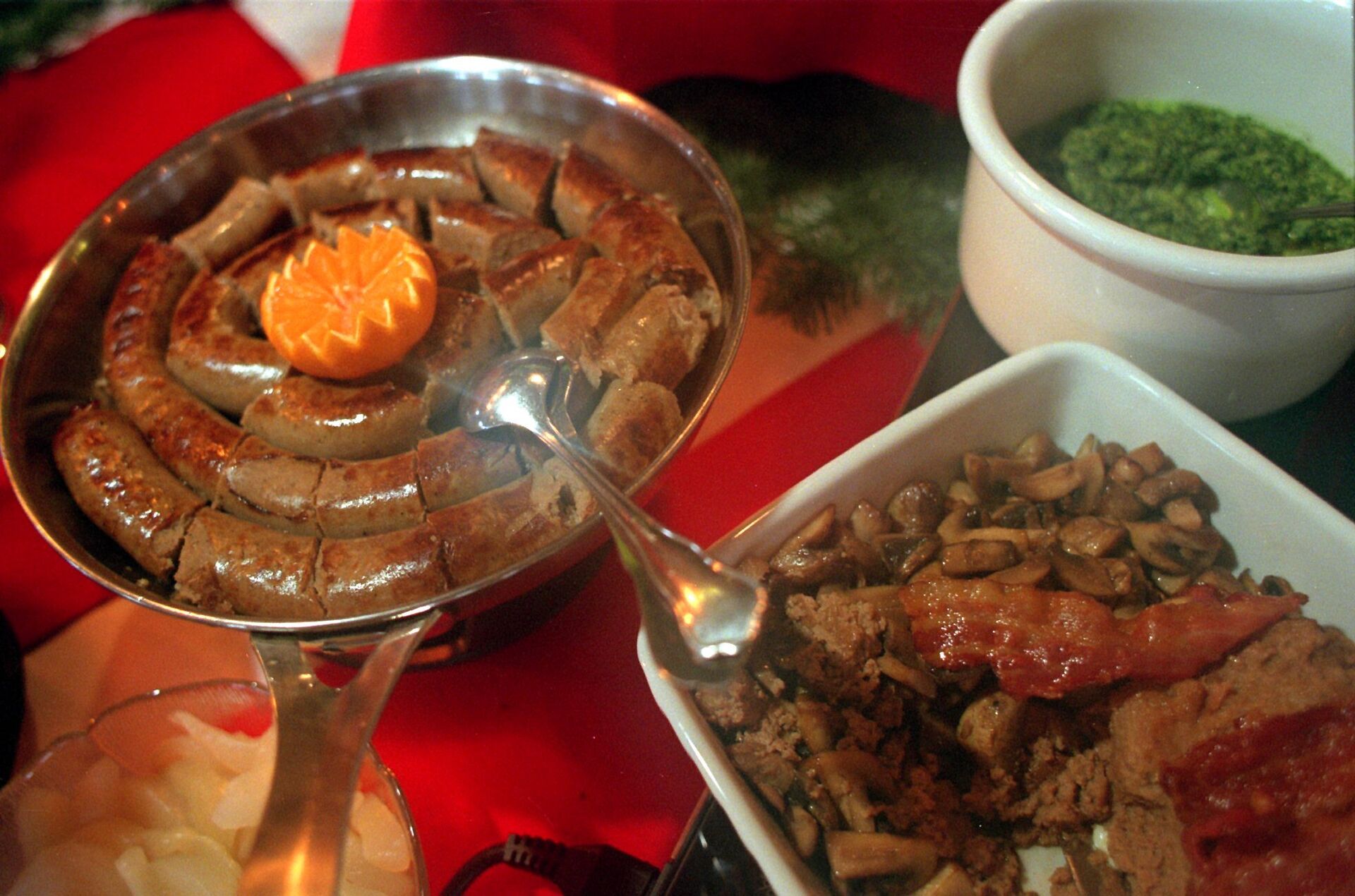
 Please whitelist us to continue reading.
Please whitelist us to continue reading.